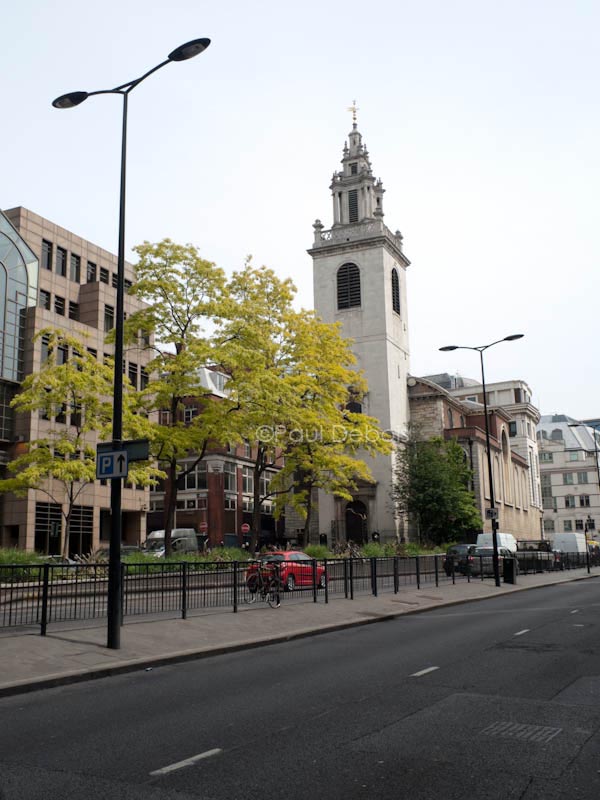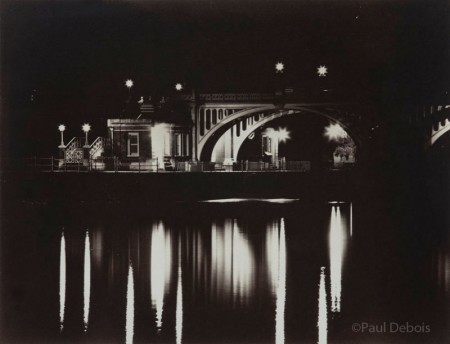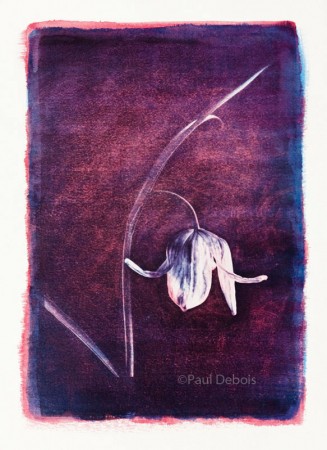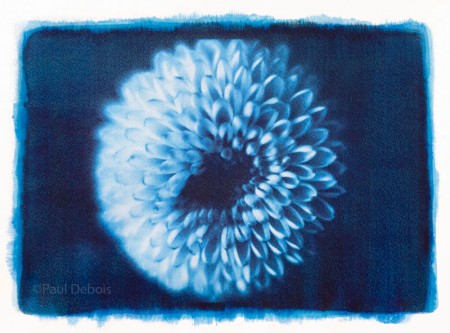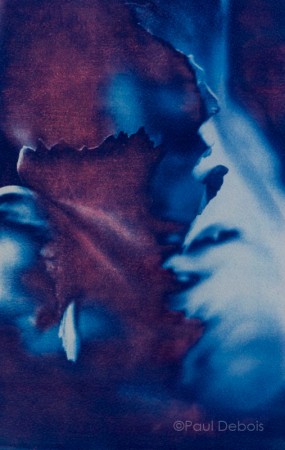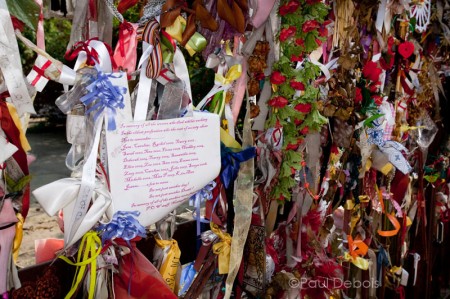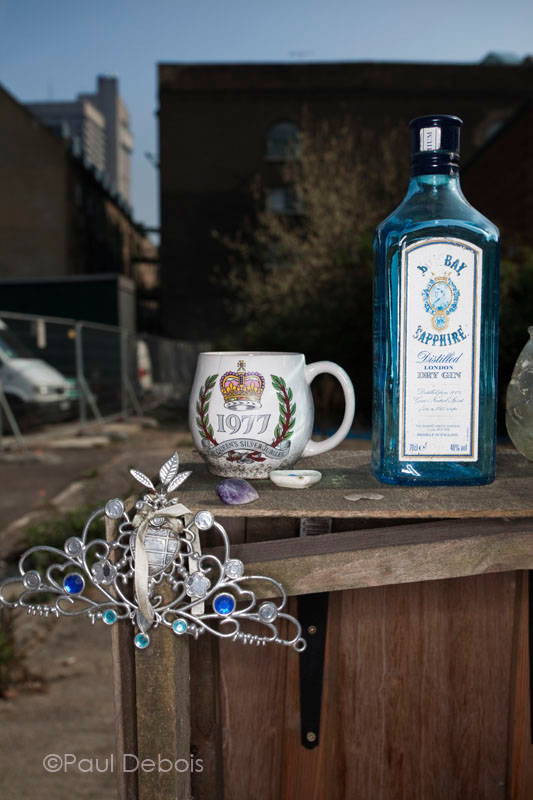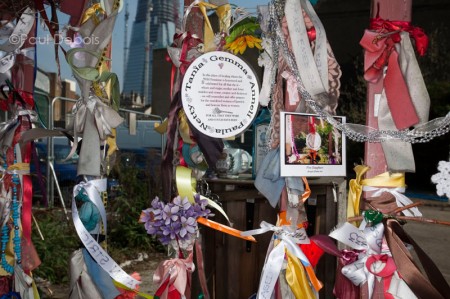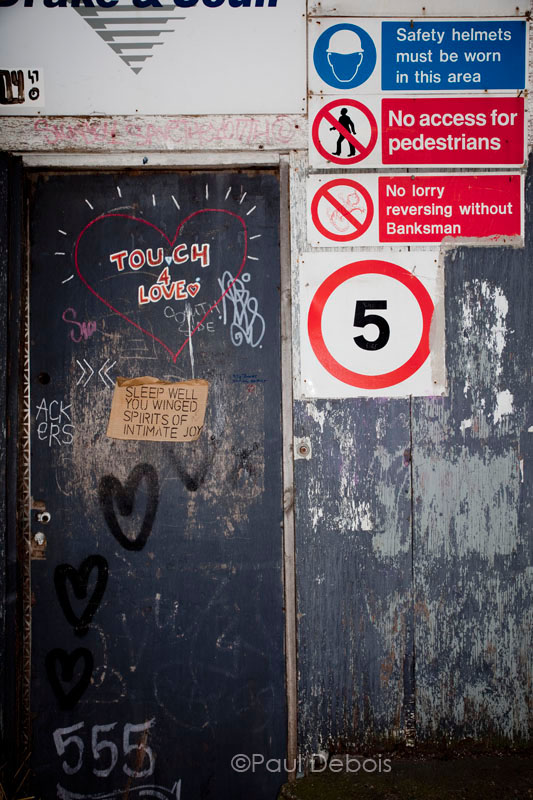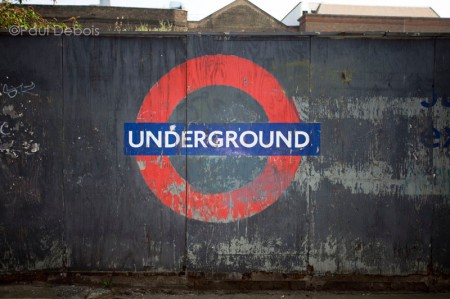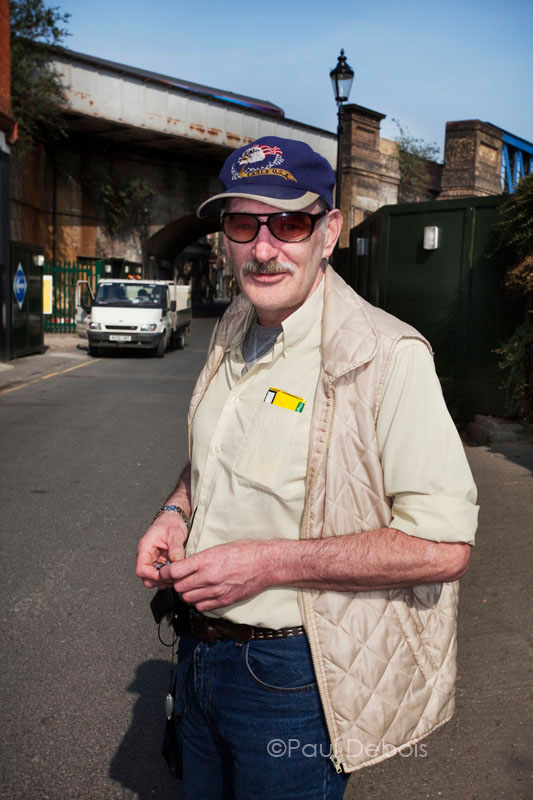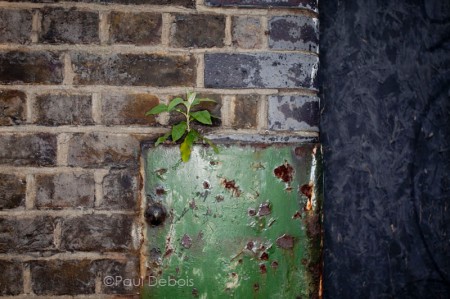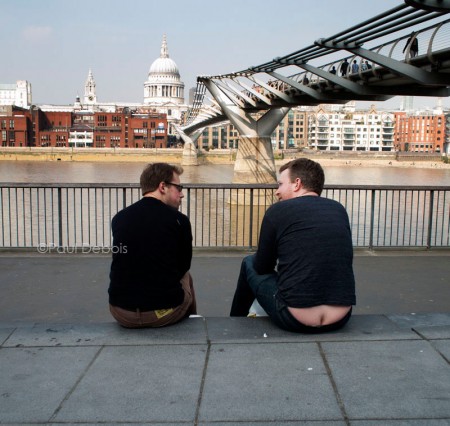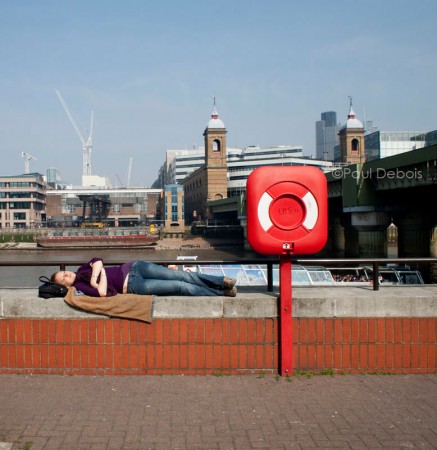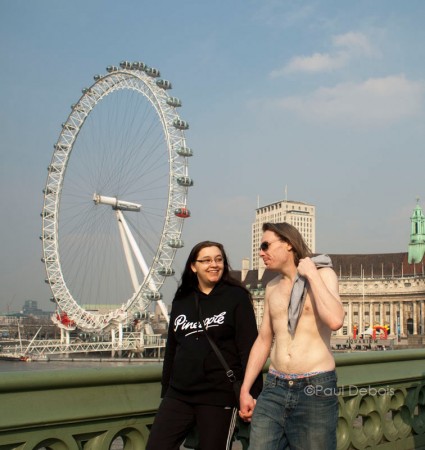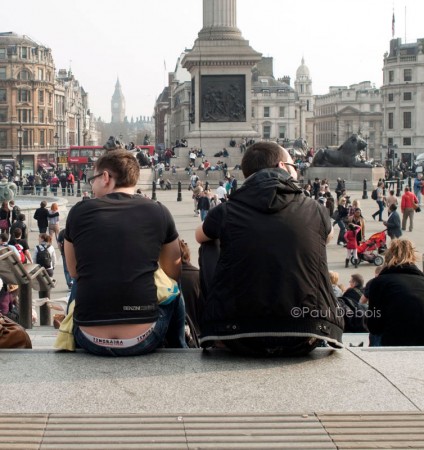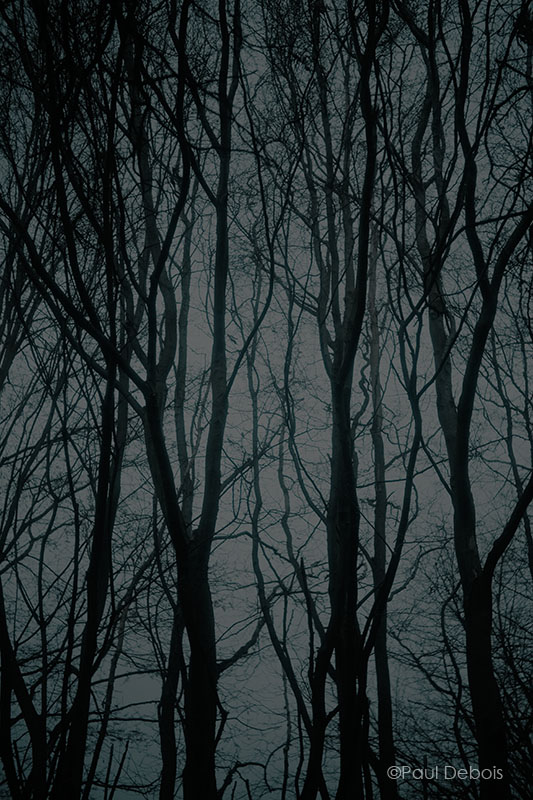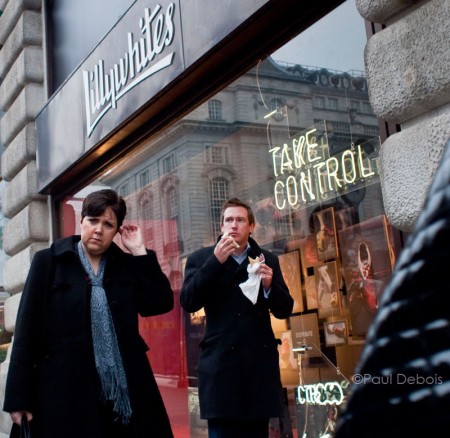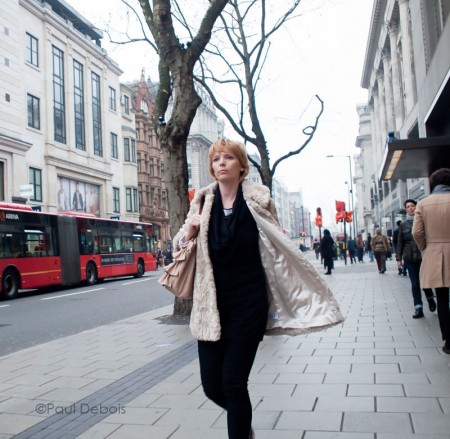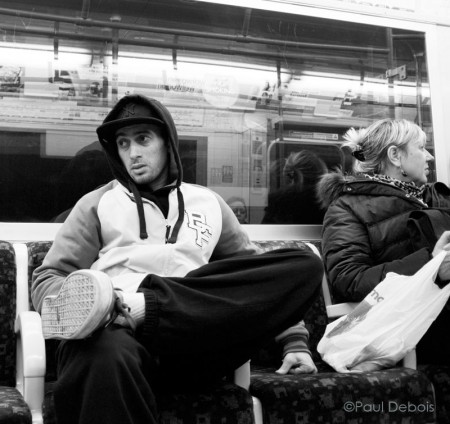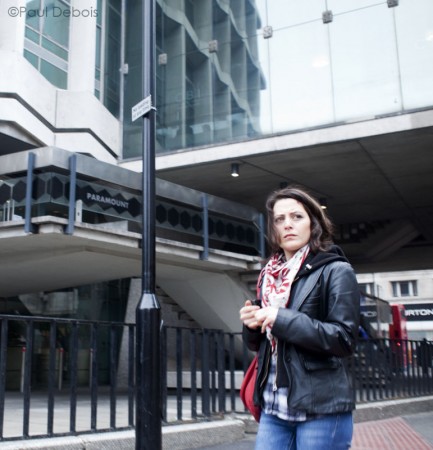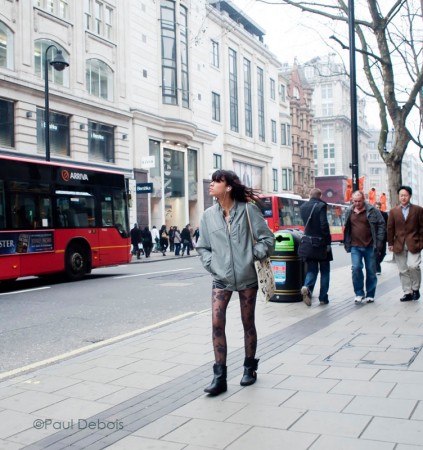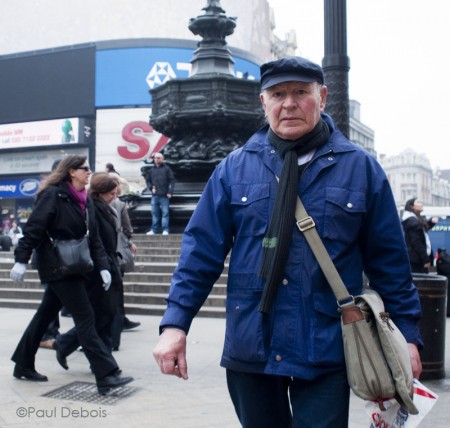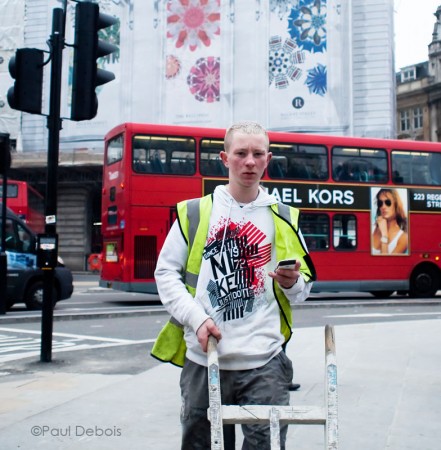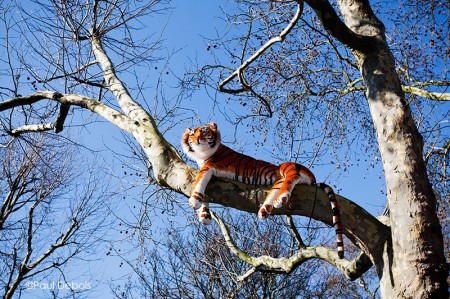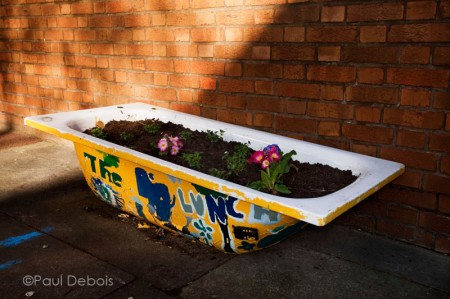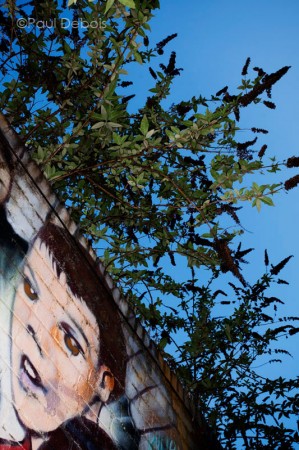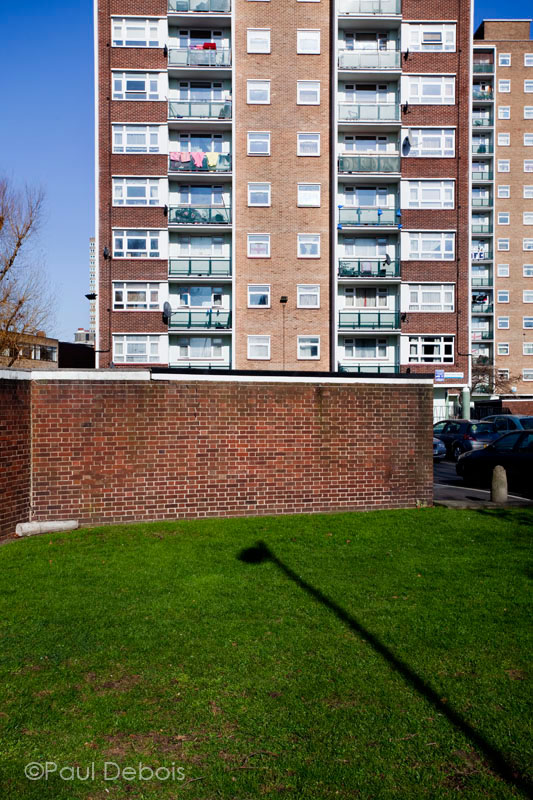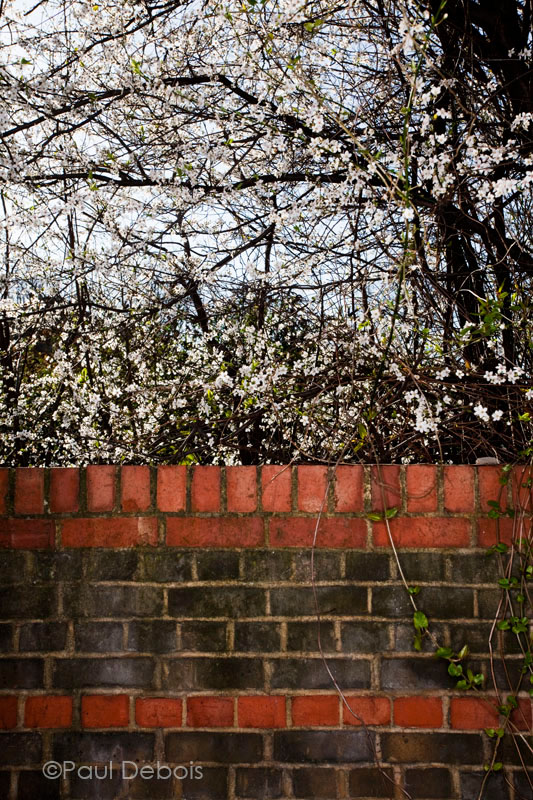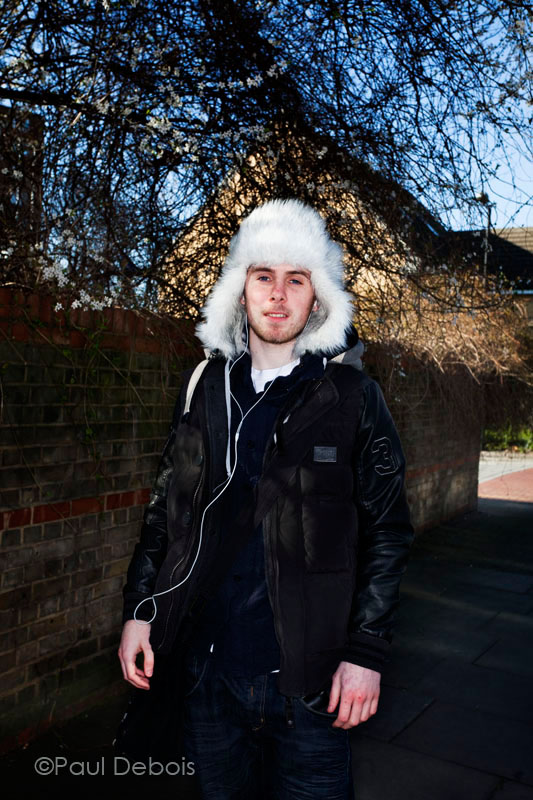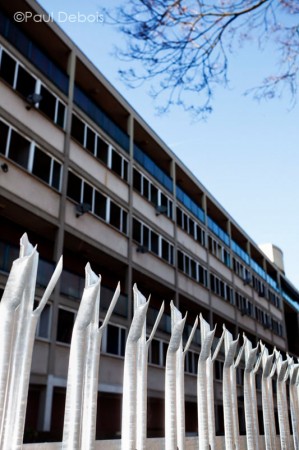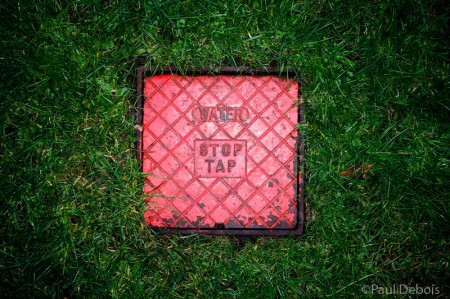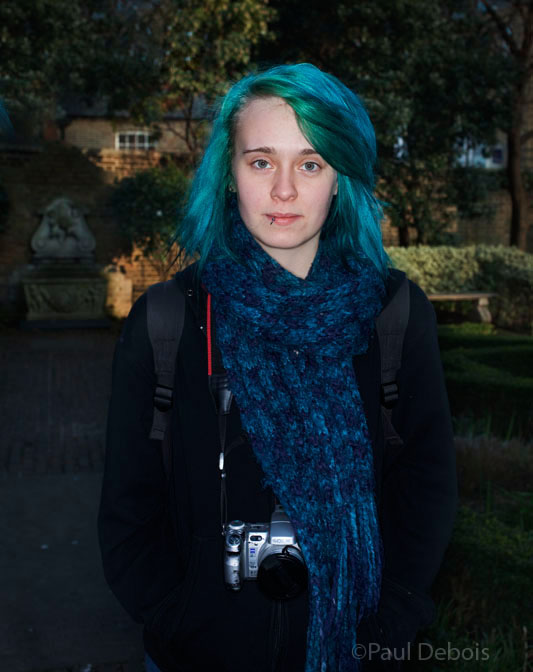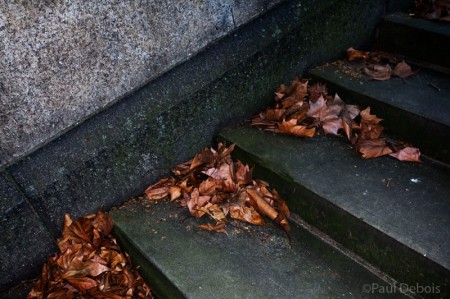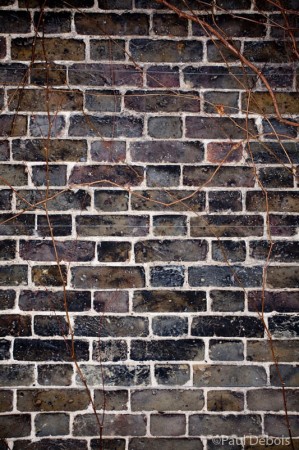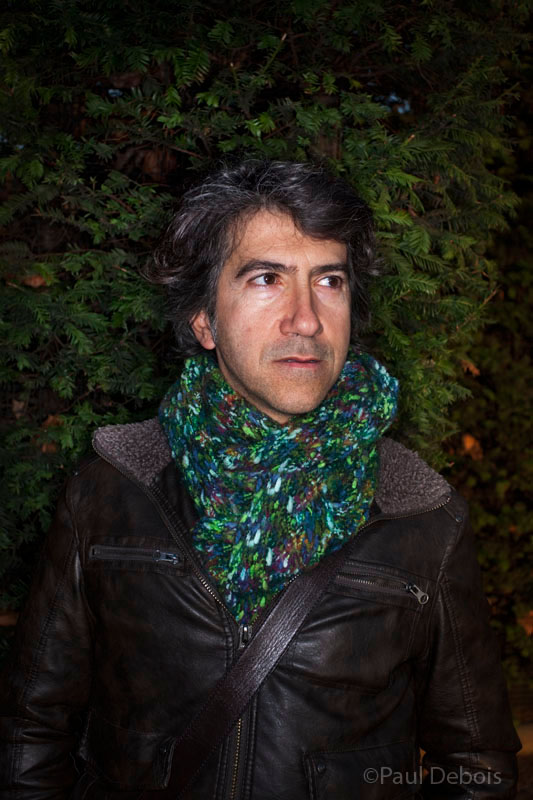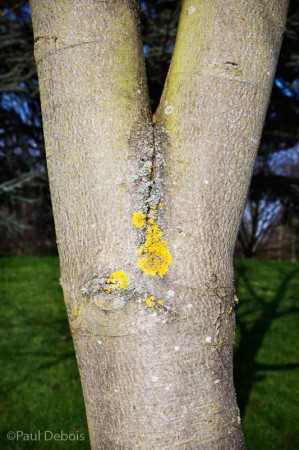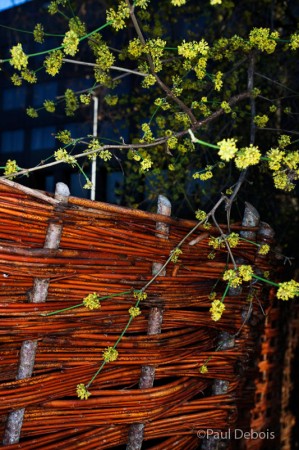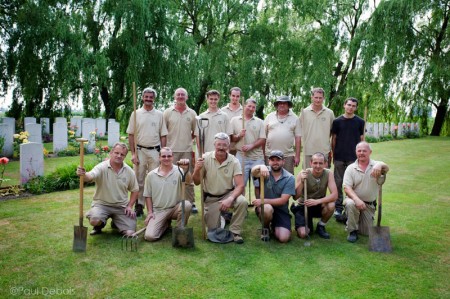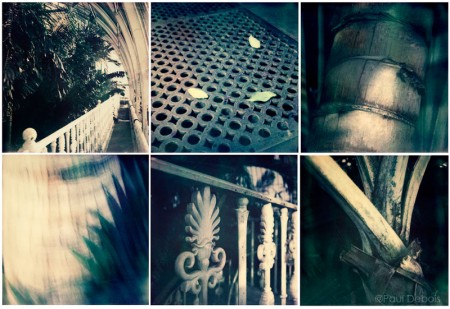On Friday I visited the Tate Modern to see the Miró exhibition. As I left Mansion House Station en-route to the gallery, I noticed that the small lane by the exit was called Garlick Hill. This reminded me of one of my earliest shoots, carried out in 1982. I had been asked to take some shots of a church, St James Garlickhythe, which is situated at the foot of the lane. It is still one of the oddest jobs I have undertaken.
I had to take shots of the church interior, and whilst being taken round the building, my escort said, “When you have finished that shot, I’ll take you to see the body”. Not normally an invitation I’d hang around for, but the body in question was that of a poor fellow on display in a glass fronted case. I was more surprised the body was still in the church, as all information at that time indicated he had been reburied as his existence attracted ghost hunters. Nobody really knows who he was, and over the years he has acquired the unfortunate name of Old Jimmy Garlick.
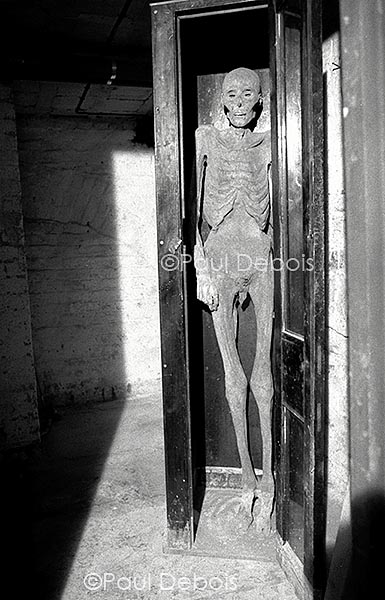
Jimmy Garlick or Old Jimmy Garlick, a naturally desiccated mummy of a man in a wooden cabinet in the church of St. James Garlickhythe, a Wren church on Garlick Hill in the City of London.
After finishing my shots, I was asked to move the case containing Old Jimmy back into its correct position. This I duly did. Apparently some builders, who had been working in the room had moved it, as they didn’t like him ‘looking’ at them while they carried out their business. Far from feeling spooked, my only reaction at the time was to notice the condition of his teeth!
I’ve no idea of his whereabouts now, but I hope he is still safe and sound inside the church, where he has probably been for at least three hundred years.

